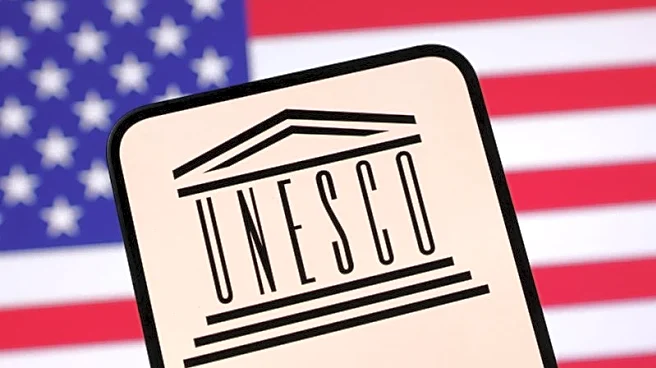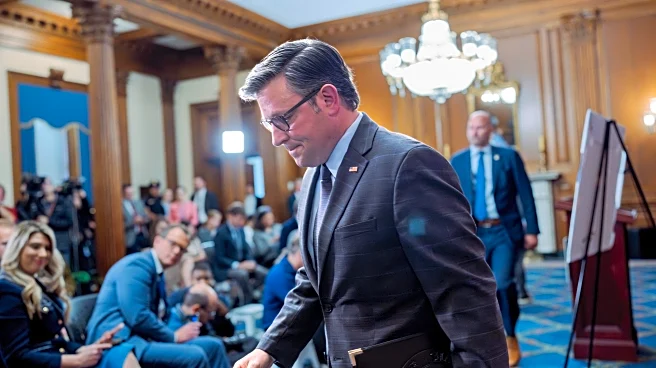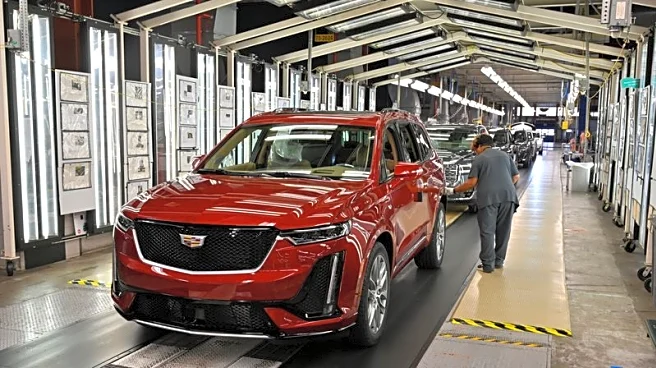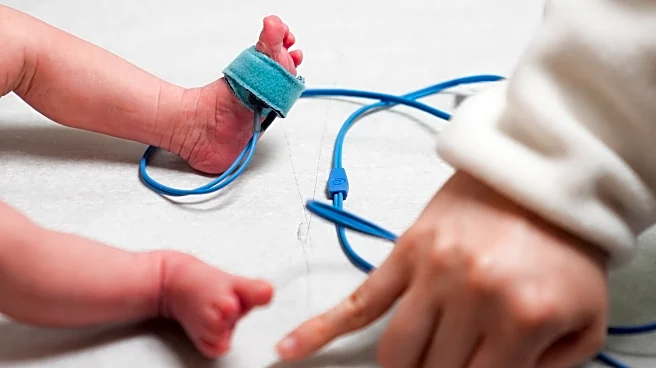What's Happening?
President Donald Trump has claimed that his administration has secured $17 trillion in new investments through tariffs, tax cuts, and negotiations with global leaders. This figure is intended to support new factories, technologies, jobs, and economic growth. However, the accuracy of this claim is questioned, as the White House's own data suggests a lower figure of $8.8 trillion, which includes commitments made during President Joe Biden's tenure. The administration's strategy involves using tariffs to encourage foreign investment, but the actual impact on business investment as a percentage of GDP remains unchanged at around 14%, similar to pre-pandemic levels.
Why It's Important?
The discrepancy in investment figures raises questions about the effectiveness of President Trump's economic policies. While the administration touts tariffs as a tool to boost domestic investment, the lack of significant change in business investment suggests limited impact. This situation could affect public perception of Trump's economic management, as only 37% of U.S. adults currently approve of his handling of the economy, down from 56% in early 2020. The reliance on foreign commitments also poses risks, as these investments may not materialize as expected, potentially impacting job creation and economic growth.
What's Next?
The administration is expected to continue promoting its economic strategy, emphasizing the role of tariffs in securing foreign investments. However, the lack of transparency in the investment figures and the potential for international backlash could complicate these efforts. Stakeholders, including economists and political analysts, will likely scrutinize the administration's claims and monitor the actual economic outcomes. The upcoming allocation of investment funds and the response from foreign investors will be critical in determining the success of Trump's economic policies.












